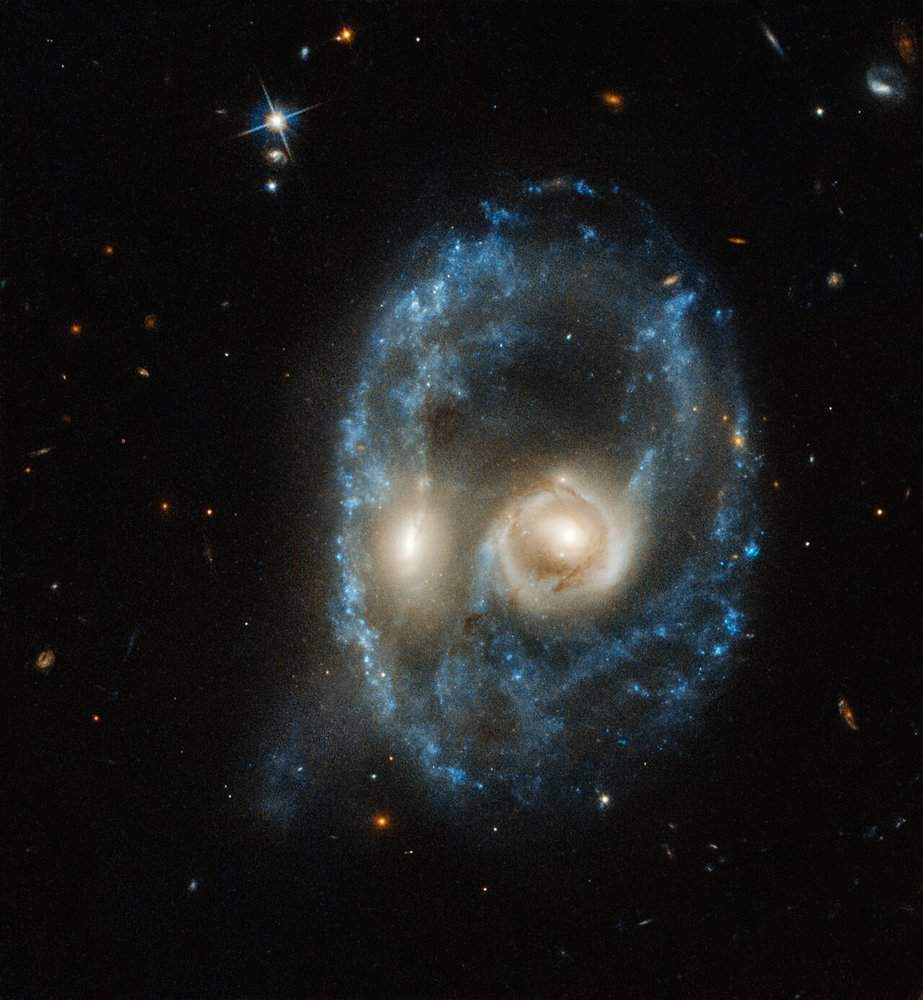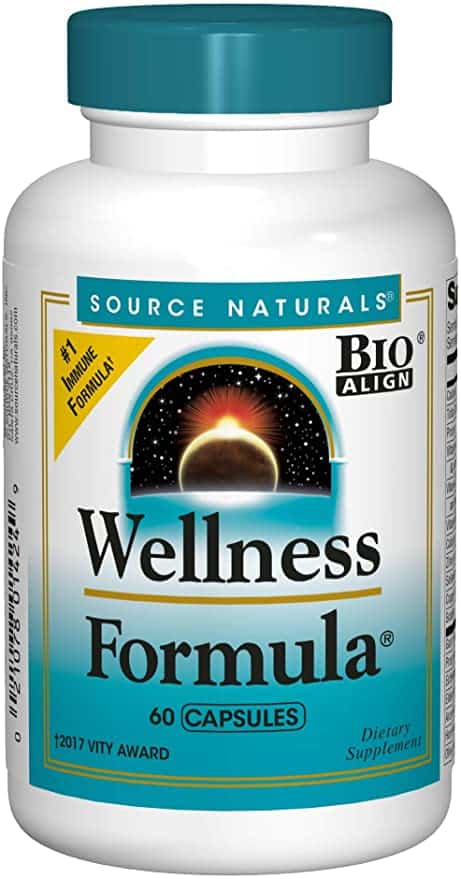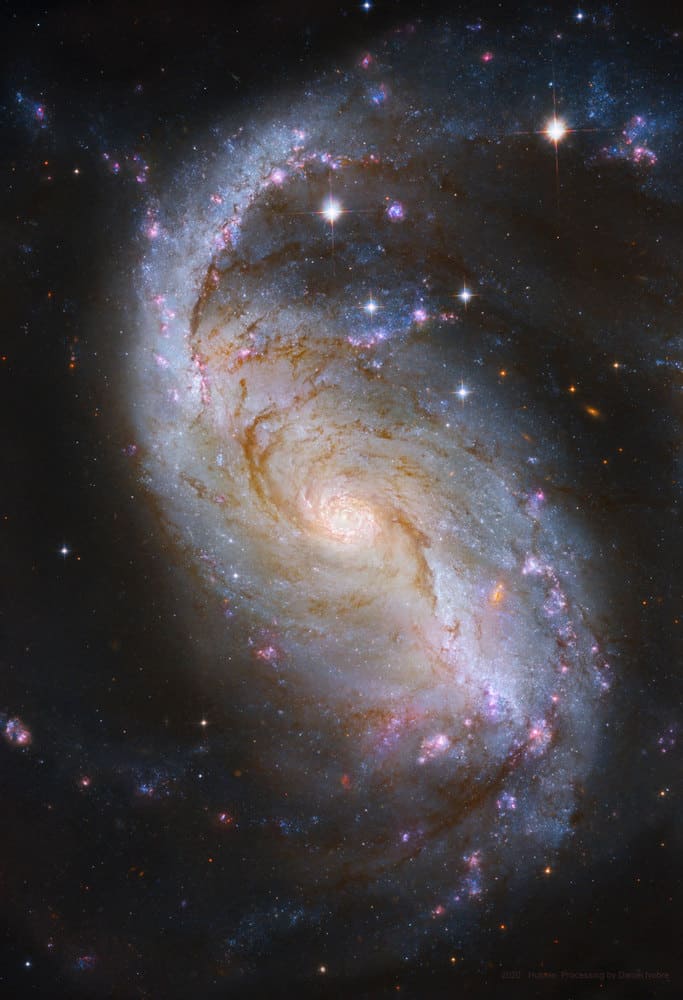Blog
Carmen Mercedes McRae (April 8, 1922 – November 10, 1994) was an American jazz singer. She is considered one of the most influential jazz vocalists of the 20th century and is remembered for her behind-the-beat phrasing and ironic interpretation of lyrics. McRae was inspired by Billie Holiday, but she established her own voice. She recorded over sixty albums and performed worldwide.
McRae was born in Harlem, New York City, United States. Her father, Osmond, and mother, Evadne McRae, were immigrants from Jamaica. She began studying piano when she was eight, and the music of jazz greats such as Louis Armstrong and Duke Ellington filled her home. When she was 17 years old, she met singer Billie Holiday. As a teenager McRae came to the attention of Teddy Wilson and his wife, the composer Irene Kitchings. One of McRae’s early songs, “Dream of Life”, was, through their influence, recorded in 1939 by Wilson’s long-time collaborator Billie Holiday.McRae considered Holiday to be her primary influence. She was a lifelong active Democrat.
In her late teens and early twenties, McRae played piano at a New York City club called Minton’s Playhouse, Harlem’s most famous jazz club, sang as a chorus girl, and worked as a secretary. It was at Minton’s where she met trumpeter Dizzy Gillespie, bassist Oscar Pettiford, and drummer Kenny Clarke, had her first important job as a pianist with Benny Carter’s big band (1944), worked with Count Basie (1944) and under the name “Carmen Clarke” (having married Kenny Clarke)[4] made her first recording as pianist with the Mercer Ellington Band (1946–47). But it was while working in Brooklyn that she came to the attention of Decca’s Milt Gabler. Her five-year association with Decca yielded 12 LPs.
https://www.youtube.com/watch?v=fH4R5W4CndE
more...This new image from the NASA/ESA Hubble Space Telescope captures two galaxies of equal size in a collision that appears to resemble a ghostly face. This observation was made on 19 June 2019 in visible light by the telescope’s Advanced Camera for Surveys.
Residing 704 million light-years from Earth, this system is catalogued as Arp-Madore 2026-424 (AM 2026-424) in the Arp-Madore “Catalogue of Southern Peculiar Galaxies and Associations”.

more...
Frederick Dewayne Hubbard (April 7, 1938 – December 29, 2008) was an American jazz trumpeter. He played bebop, hard bop, and post-bopstyles from the early 1960s onwards. His unmistakable and influential tone contributed to new perspectives for modern jazz and bebop.
Hubbard started playing the mellophone and trumpet in his school band at Arsenal Technical High School in Indianapolis, Indiana. Trumpeter Lee Katzman, former sideman with Stan Kenton, recommended that he begin studying at the Arthur Jordan Conservatory of Music (now the Jordan College of the Arts at Butler University) with Max Woodbury, the principal trumpeter of the Indianapolis Symphony Orchestra. In his teens, Hubbard worked locally with brothers Wes and Monk Montgomery and worked with bassist Larry Ridley and saxophonist James Spaulding. In 1958, at the age of 20, he moved to New York and began playing with some of the best jazz players of the era, including Philly Joe Jones, Sonny Rollins, Slide Hampton, Eric Dolphy, J. J. Johnson, and Quincy Jones. On 19 June 1960 Hubbard made his first record as a leader, Open Sesame at the beginning of his contract with Blue Note Records, with saxophonist Tina Brooks, pianist McCoy Tyner, bassist Sam Jones, and drummer Clifford Jarvis. Six days later he returned the favor to Brooks and recorded with him on True Blue.
more...Ramón “Mongo” Santamaría Rodríguez (April 7, 1917 – February 1, 2003) was a rumba quinto player and an Afro-Cuban Latin jazz percussionist. In 1950 he moved to New York City where he played with Perez Prado, Tito Puente, Cal Tjader, and the Fania All Stars. He was an integral figure in the fusion of Afro-Cuban rhythms with R&B and soul, paving the way for the boogaloo era of the late 1960s. His 1963 rendition of Herbie Hancock‘s “Watermelon Man” (recorded on December 17, 1962) was inducted into the Grammy Hall of Fame in 1998.
Santamaría was one of a group of Cuban congueros (“conga players”) who came to the United States in the 1940s and 1950s with Armando Peraza, Chano Pozo, Francisco Aguabella, Julito Collazo, Carlos Vidal Bolado, and Modesto Durán.
Santamaría learned rumba as a kid in the streets of Havana’s Jesús María barrio. He reminisced: “In the neighborhood where I came from we had all kinds of music, mostly from Africa. We did not leave it alone; we changed it our way. The music we made dealt with religion and conversation. The drum was our tool and we used it for everything” (1979: 19). Gerard points out: “Santamaría, like other drummers of his generation, learned music in the streets by observing different drummers. When he started playing professionally, he learned on the job. His approach was utilitarian, not theoretical” (2001: 29). Santamaría was mentored on bongos and rumba quinto by Clemente “Chicho” Piquero, who played in Beny Moré’s band. He recalled: “I would go with Chicho and play the tumbadora and also the [quinto]. I would play everything because I learned a lot from Chicho—because he could play everything”.
more...Ravi Shankar ; born Robindro Shaunkor Chowdhury, spelled Ravindra Shankar Chowdhury in Sanskrit; 7 April 1920 – 11 December 2012), whose name is often preceded by the title Pandit (Master) and “Sitar maestro”, was an Indian musicianand a composer of Hindustani classical music. He was the best-known proponent of the sitar in the second half of the 20th century and influenced many other musicians throughout the world. Shankar was awarded India’s highest civilian honour, the Bharat Ratna, in 1999.
Shankar was born to a Bengali Brahmin family in India, and spent his youth as a dancer touring India and Europe with the dance group of his brother Uday Shankar. He gave up dancing in 1938 to study sitar playing under court musician Allauddin Khan. After finishing his studies in 1944, Shankar worked as a composer, creating the music for the Apu Trilogy by Satyajit Ray, and was music director of All India Radio, New Delhi, from 1949 to 1956.
In 1956, Shankar began to tour Europe and the Americas playing Indian classical music and increased its popularity there in the 1960s through teaching, performance, and his association with violinist Yehudi Menuhin and Beatles guitarist George Harrison. His influence on the latter helped popularize the use of Indian instruments in pop music in the latter half of the 1960s. Shankar engaged Western music by writing compositions for sitar and orchestra, and toured the world in the 1970s and 1980s. From 1986 to 1992, he served as a nominated member of Rajya Sabha, the upper chamber of the Parliament of India. He continued to perform until the end of his life.
Shankar was born on 7 April 1920 in Benares, then the capital of the eponymous princely state, in a Bengali family, as the youngest of seven brothers. His father, Shyam Shankar Chowdhury, was a Middle Temple barrister and scholar from East Bengal (now Bangladesh). A respected statesman, lawyer and politician, he served for several years as dewan (Prime minister) of Jhalawar, Rajasthan, and used the Sanskrit spelling of the family name and removed its last part. Shankar’s parents had died by the time he returned from the Europe tour, and touring the West had become difficult because of political conflicts that would lead to World War II. Shankar gave up his dancing career in 1938 to go to Maihar and study Indian classical music as Khan’s pupil, living with his family in the traditional gurukul system. Khan was a rigorous teacher and Shankar had training on sitar and surbahar, learned ragas and the musical styles dhrupad, dhamar, and khyal, and was taught the techniques of the instruments rudra veena, rubab, and sursingar. He often studied with Khan’s children Ali Akbar Khan and Annapurna Devi. Shankar began to perform publicly on sitar in December 1939 and his debut performance was a jugalbandi(duet) with Ali Akbar Khan, who played the string instrument sarod.
more...Eleanora Fagan (April 7, 1915 – July 17, 1959 Philadelphia, PA), professionally known as Billie Holiday, was an American jazz singer with a career spanning nearly thirty years. Nicknamed “Lady Day” by her friend and music partner Lester Young, Holiday had a seminal influence on jazz music and pop singing. Her vocal style, strongly inspired by jazz instrumentalists, pioneered a new way of manipulating phrasing and tempo. She was known for her vocal delivery and improvisational skills.
After a turbulent childhood, Holiday began singing in nightclubs in Harlem, where she was heard by the producer John Hammond, who commended her voice. She signed a recording contract with Brunswick in 1935. Collaborations with Teddy Wilson yielded the hit “What a Little Moonlight Can Do“, which became a jazz standard. Throughout the 1930s and 1940s, Holiday had mainstream success on labels such as Columbia and Decca. By the late 1940s, however, she was beset with legal troubles and drug abuse. After a short prison sentence, she performed at a sold-out concert at Carnegie Hall, but her reputation deteriorated because of her drug and alcohol problems.
She was a successful concert performer throughout the 1950s with two further sold-out shows at Carnegie Hall. Due to personal struggles and an altered voice, her final recordings were met with mixed reaction, but were mild commercial successes. Her final album, Lady in Satin, was released in 1958. Holiday died of cirrhosis on July 17, 1959.
She won four Grammy Awards, all of them posthumously, for Best Historical Album. She was inducted into the Grammy Hall of Fame in 1973. Lady Sings the Blues, a film about her life, starring Diana Ross, was released in 1972. She is the primary character in the play (later made into a film) Lady Day at Emerson’s Bar and Grill; the role was originated by Reenie Upchurch in 1986, and was played by Audra McDonald on Broadway and in the film. In 2017 Holiday was inducted into the National Rhythm & Blues Hall of Fame.
more...Amazing Immune System Booster
Natural Reliable Aid during Pandemic
Calories 5
Total Carbohydrate 1 g <1%
Dietary Fiber 1 g 4%
Protein 1 g 2%
Vitamin A (as palmitate 4,000 IU & beta-carotene 1,000 IU) 5,000 IU 100%
Vitamin C (from ascorbic acid and zinc ascorbate) 1,300 mg 2,167%
Vitamin D-3 (as cholecalciferol) 400 IU 100%
Calcium 40 mg 4%
Zinc (as zinc citrate and ascorbate) 23 mg 153%
Selenium (as sodium selenite) 60 mcg 86%
Copper (as copper citrate) 150 mcg 8%
Sodium 10 mg <1%
Garlic Bulb 360 mg
Propolis Extract 295 mg
Echinacea purpurea Root Extract 270 mg
Elderberry Fruit Extract 240 mg
Aromatic Solomon’s Seal Rhizome 120 mg
Horehound Aerial Parts Extract 100 mg
Olive Leaf Extract (10% oleuropein) 100 mg
Andrographis Aerial Parts Extract (10% andrographolides) 100 mg
Isatis Root Extract 75 mg
Eleuthero Root Extract 75 mg
Elecampane Root 70 mg
Citrus Bioflavonoid Complex 60 mg
Boneset Aerial Parts Extract 60 mg
Boneset Aerial Parts 300 mg
Goldenseal Root Extract 45 mg
Angelica Root Extract 45 mg
Astragalus Root Extract 45 mg
Isatis Leaf Extract 40 mg
Elecampane Root Extract 30 mg
Mullein Leaf Extract 30 mg
Mullein Leaf 30 mg
Pau D’Arco Bark Extract 30 mg
Cayenne Fruit 30 mg
Ginger Root Extract 30 mg
Grape Seed Extract (Proanthodyn™) 10 mg
Other Ingredients: gelatin (capsule), silica, magnesium stearate, and dibasic calcium phosphate.
Allergies: Contains soy.

Milky Way Galaxy is thought to have a modest central bar. Prominently barred spiral galaxy NGC 1672, featured here, was captured in spectacular detail in an image taken by the orbiting Hubble Space Telescope. Visible are dark filamentary dust lanes, young clusters of bright blue stars, red emission nebulas of glowing hydrogen gas, a long bright bar of stars across the center, and a bright active nucleus that likely houses a supermassive black hole. Light takes about 60 million years to reach us from NGC 1672, which spans about 75,000 light years across. NGC 1672, which appears toward the constellation of the Dolphinfish (Dorado), has been studied to find out how a spiral bar contributes to star formation in a galaxy’s central regions.

Arthur S. Taylor, Jr. (April 6, 1929 – February 6, 1995) was an American jazz drummer, who “helped define the sound of modern jazz drumming”.
As a teenager, Taylor joined a local Harlem band that featured Sonny Rollins, Jackie McLean and Kenny Drew. After playing in the bands of Howard McGhee (1948), Coleman Hawkins (1950–51), Buddy DeFranco (1952), Bud Powell (1953), George Wallington and Art Farmer (1954), Powell and Wallington again (1954–55), Gigi Gryce and Donald Byrd (1956), he formed his own group, Taylor’s Wailers.[3] Between 1957 and 1963, he toured with Donald Byrd, recorded with Miles Davis, Gene Ammons and John Coltrane, and performed with Thelonious Monk; he also was a member of the original Kenny Dorham Quartet of 1957.
In 1963, he moved to Europe, where he lived mainly in France and Belgium for 20 years, playing with local groups and jazz musicians such as Johnny Griffin, John Bodwin, and with travelling American musicians, such as Woody Shaw during the latter’s tenure in Paris. He returned to the United States to help his mother, who was ill. He continued freelancing after returning to the United States, and in 1993 organized a second band called Taylor’s Wailers. He died in Beth Israel Hospital in Manhattan.
He was the author of Notes and Tones, a book based on his interviews with other musicians. This was, for many musicians, a ground-breaking work, because it presented the interviewees’ perspectives on the wider social, political, and economic forces in which they operated – topics normally not mentioned in mainstream coverage of jazz musicians.
https://www.youtube.com/watch?v=5m1G7aV0Aoo
more...Gerald Joseph Mulligan (April 6, 1927 – January 20, 1996) was an American jazz saxophonist, clarinetist, composer and arranger.[1] Though Mulligan is primarily known as one of the leading jazz baritone saxophonists – playing the instrument with a light and airy tone in the era of cool jazz – he was also a significant arranger, working with Claude Thornhill, Miles Davis, Stan Kenton, and others. Mulligan’s pianoless quartet of the early 1950s with trumpeter Chet Baker is still regarded as one of the best cool jazz groups. Mulligan was also a skilled pianist and played several other reed instruments. Several of his compositions, such as “Walkin’ Shoes” and “Five Brothers”, have become jazz standards.
Gerry Mulligan was born in Queens Village, Queens, New York, the son of George and Louise Mulligan. His father was a Wilmington, Delaware, native of Irish descent; his mother a Philadelphianative of half Irish and half German descent. Gerry was the youngest of four sons with George, Phil and Don preceding him.
George Mulligan’s career as an engineer necessitated frequent moves through numerous cities. When Gerry was less than a year old, the family moved to Marion, Ohio, where his father accepted a job with the Marion Power Shovel Company.
With the demands of a large home and four young boys to raise, Mulligan’s mother hired an African-American nanny named Lily Rose, who became especially fond of the youngest Mulligan. As he became older, Mulligan began spending time at Rose’s house and was especially amused by Rose’s player piano, which Mulligan later recalled as having rolls by numerous players, including Fats Waller. Black musicians sometimes came through town, and because many motels would not take them, they often had to stay at homes within the black community. The young Mulligan occasionally met such musicians staying at Rose’s home.
more...Randolph Edward “Randy” Weston (April 6, 1926 – September 1, 2018) was an American jazz pianist and composer whose creativity was inspired by his ancestral African connection.
Weston’s piano style owed much to Duke Ellington and Thelonious Monk, whom he cited in a 2018 video as among pianists he counted as influences, as well as Count Basie, Nat King Cole and Earl Hines. Beginning in the 1950s, Weston worked often with trombonist and arranger Melba Liston.
Described as “America’s African Musical Ambassador”, he said: “What I do I do because it’s about teaching and informing everyone about our most natural cultural phenomenon. It’s really about Africa and her music.”
Randolph Edward Weston was born on April 6, 1926, to Vivian (née Moore) and Frank Weston and was raised in Brooklyn, New York, where his father owned a restaurant. His mother was from Virginia and his father was of Jamaican–Panamanian descent, a staunch Garveyite, who passed self-reliant values to his son. Weston studied classical piano as a child and took dance lessons. He graduated from Boys High School in Bedford-Stuyvesant, where he had been sent by his father because of the school’s reputation for high standards. Weston took piano lessons from someone known as Professor Atwell who, unlike his former piano teacher Mrs Lucy Chapman, allowed him to play songs outside the classical music repertoire.
more...Charlie Rouse (April 6, 1924 – November 30, 1988) was an American hard bop tenor saxophonist and flautist. His career is marked by his collaboration with Thelonious Monk, which lasted for more than ten years.
Rouse was born in Washington, DC in 1924. At first he worked with the clarinet, before turning to the saxophone.
Rouse began his career with the Billy Eckstine Orchestra in 1944, followed by the Dizzy Gillespie Big Band in 1945, the Duke Ellington Orchestra from 1949 to 1950, the Count Basie Octet in 1950, Bull Moose Jackson And His Buffalo Bearcats in 1953, and the Oscar Pettiford Sextet in 1955. He made his recording debut with Tadd Dameron in 1947, and in 1957 made a notable album with Paul Quinichette.
He was a member of Thelonious Monk‘s quartet from 1959 to 1970. In the 1980s he was a founding member of the group Sphere, which began as a tribute to Monk. Charlie Rouse died from lung cancer on November 30, 1988 at University Hospital in Seattle at the age of 64.
more...Walter Horton, better known as Big Walter (Horton) or Walter “Shakey” Horton (April 6, 1921 – December 8, 1981) was an American bluesharmonica player. A quiet, unassuming, shy man, he is remembered as one of the premier harmonica players in the history of blues. Willie Dixononce called Horton “the best harmonica player I ever heard.”
Robert Palmer named him as “one of the three great harmonica soloists of modern blues”, with the two others being cited as Little Walter and Sonny Boy Williamson II.
Horton was born in Horn Lake, Mississippi. Horton claimed to be born in 1917, His birth date is often cited as April 6, 1918, although some sources give the year as 1917 or 1921. He was playing the harmonica by the time he was five years old.In his early teens, he lived in Memphis, Tennessee. He claimed that his earliest recordings were done there in the late 1920s with the Memphis Jug Band, but there is no documentation of them, and some blues researchers have stated that this story was likely to have been fabricated by Horton.
Like many of his peers, he lived on a meager income during much of his career and endured racial discrimination in the racially segregated U.S. In the 1930s he played with numerous blues performers in the Mississippi Delta region. It is generally accepted that he was first recorded in Memphis, backing the guitarist Little Buddy Doyle on Doyle’s recordings for Okeh Records and Vocalion Records in 1939. These recordings were acoustic duets, in a style popularized by Sleepy John Estes and his harmonicist Hammie Nixon, among others. On these recordings, Horton’s style was not yet fully realized, but there are clear hints of what was to come. He eventually stopped playing the harmonica for a living, because of poor health, and worked mainly outside the music industry in the 1940s. By the early 1950s, he was playing music again. He was among the first to be recorded by Sam Phillips, at Sun Records in Memphis, who later recorded Elvis Presley, Carl Perkins, and Johnny Cash. For his recordings for Sun, Horton was accompanied by the young pianist Phineas Newborn, Jr., who later was a well-known jazz pianist. Horton’s instrumental track “Easy”, recorded around this time, was based on Ivory Joe Hunter‘s “I Almost Lost My Mind”
more...More Posts
- Rhythm Roots Workshop @ St Therese Senior Communities
- Cosmos SDSS J103512.07+461412.2
- John Taylor
- Erik Darling
- Dmitri Shostakovich
- Sam Rivers
- World Drumming Babatunde Olatunji
- Daily Roots Fatman Riddim Section
- Cosmos NGC 253
- Fats Navarro
- Blind Melon Jefferson
- World Music Trio Mandili
- Daily Roots Augustus Pablo
- Happy Birthday Diego
- Happy Autumnal Equinox 2023
- Cosmos NGC 7380
- Mohammad-Reza Shajarian
- Les McCann
- Ray Charles
- John Coltrane
